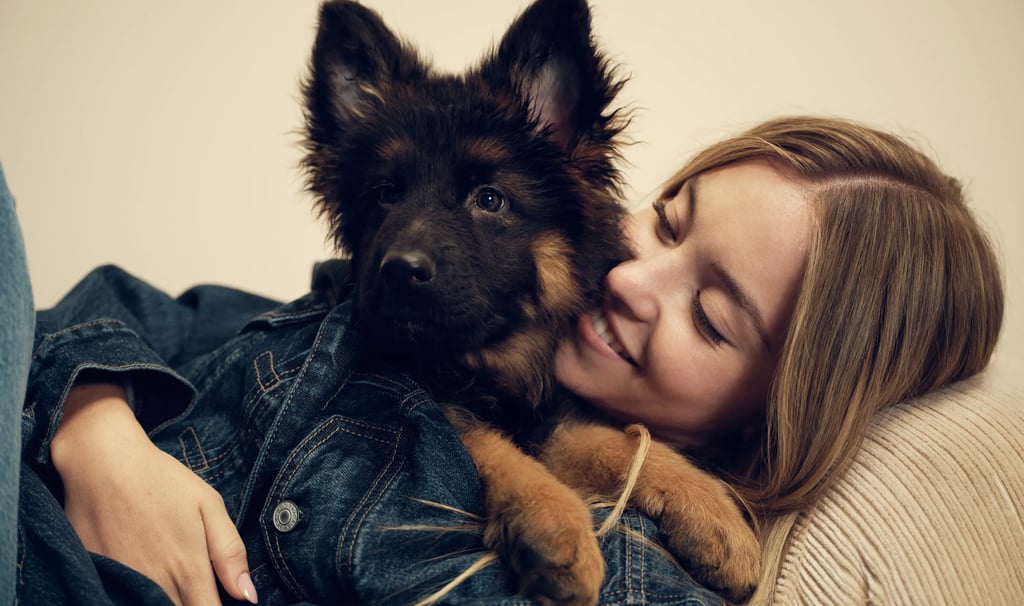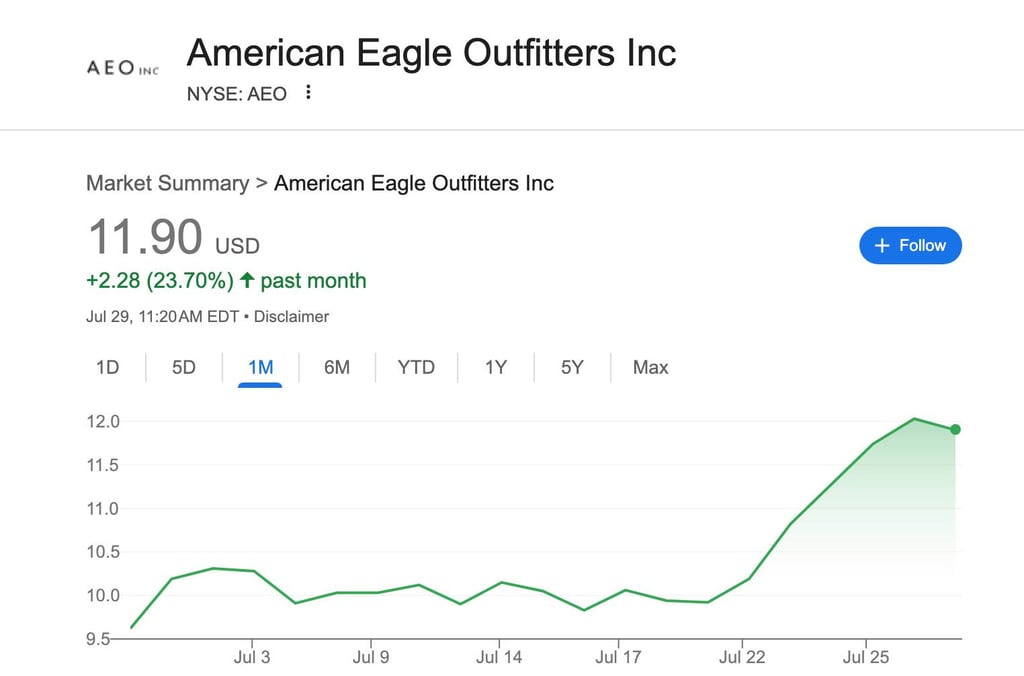How American Eagle’s ‘Genetics’ Ad Didn’t Just Sell Jeans. It Sold Us. Again.
FASHION FEATURES
Mateusz Niesmialek
3 min read
Why do I keep falling into the same trap every time? The internet erupts in outrage and I stop, scroll, and watch. It feels raw, like something real is happening. But the truth is, none of it is organic anymore. It’s orchestrated. Carefully designed to ignite exactly the right kind of fire in exactly the right crowd.
Sydney Sweeney in American Eagle’s Fall 2025 campaign (Courtesy of American Eagle)


My take on American Eagle’s Fall 2025 campaign (TikTok)
American Eagle’s new campaign stars Sydney Sweeney. Platinum blonde, TikTok-icon-ready, soft-worn denim hanging just right. She looks like she stepped straight out of a casting brief — polished, curated, made for the billboard. The tagline? #SydneyHasGreatJeans. It’s cheeky wordplay, nothing more. But overnight, that innocent pun detonates into a full-blown cultural crisis. The debate instantly detours away from jeans or advertising. It morphs into a lightning rod about race, beauty standards, and genetics as a coded weapon. Suddenly the accusations: dog-whistling eugenics, ignorance, tone-deaf branding. Think-pieces spawn, TikTok explodes, and every outlet has a hot take.
Cis—panic button. White—panic button. Conventionally attractive—panic button. Young—panic button. And if someone’s sexy? Full meltdown. Alarms blaring. Those traits have become pop-cultural tripwires. The self-appointed arbiters online rush to prove they’re “woke,” “aware,” or “above all that.” Not gonna lie: I’m exhausted by pretending every mainstream gesture needs to be put on trial.
The irony is brutal. While this digital firestorm rages, American Eagle’s stock doesn’t just survive. It rockets. In a single day, their market cap jumps four hundred million dollars. Every angry retweet, every performative Instagram story, every viral thread? Free advertising that propels the brand further and further.


Sydney Sweeney in American Eagle’s Fall 2025 campaign (Courtesy of American Eagle)


This playbook isn’t new. Brooke Shields for Calvin Klein, 1980s: “Nothing comes between me and my Calvins.” A slogan that triggered outrage and then went on to define a generation. Outrage fades. Profits last.

American Eagle stock price chart, July 29 (Courtesy of Google Finance)
Calvin Klein’s 1980 jeans campaign starring Brooke Shields (Courtesy of Calvin Klein Archives / YouTube)
Now Dunkin’ gets in on the fun, rolling out its own “genetics” themed ad. Gavin Casalegno peddles a golden tan, credits his DNA. Same exact reaction online: discourse on Eurocentric beauty, on tropes, on lazy ad strategies. A whole summer campaign hijacked by the outrage machine.

Dunkin’s “Golden Hour Refresher” video featuring Gavin Casalegno (Courtesy of Dunkin’ / YouTube)
And then Tesla, of all brands, jumps into the chaos and stirs the pot with memes, turning a jeans controversy into digital performance art. Millions of impressions. Brands competing for attention by playing with the same viral fire.
Tesla's “Our seats robot also has great jeans” tweet (Courtesy of Tesla / X)
When do we stop feeding the beast? Next time another scandal kicks off, I have to ask myself if I’m truly angry or just fueling the algorithm. Maybe the boldest thing any of us can do is refuse to engage of what it feeds on.

And for the next piece? I want to cut deeper into who gets labeled “problematic” and why that keeps shifting, while the system stays locked on autopilot.
Let’s stop pretending outrage isn’t manufactured. Let’s finally say something real.
American Eagle’s Fall 2025 campaign (Courtesy of American Eagle / YouTube)